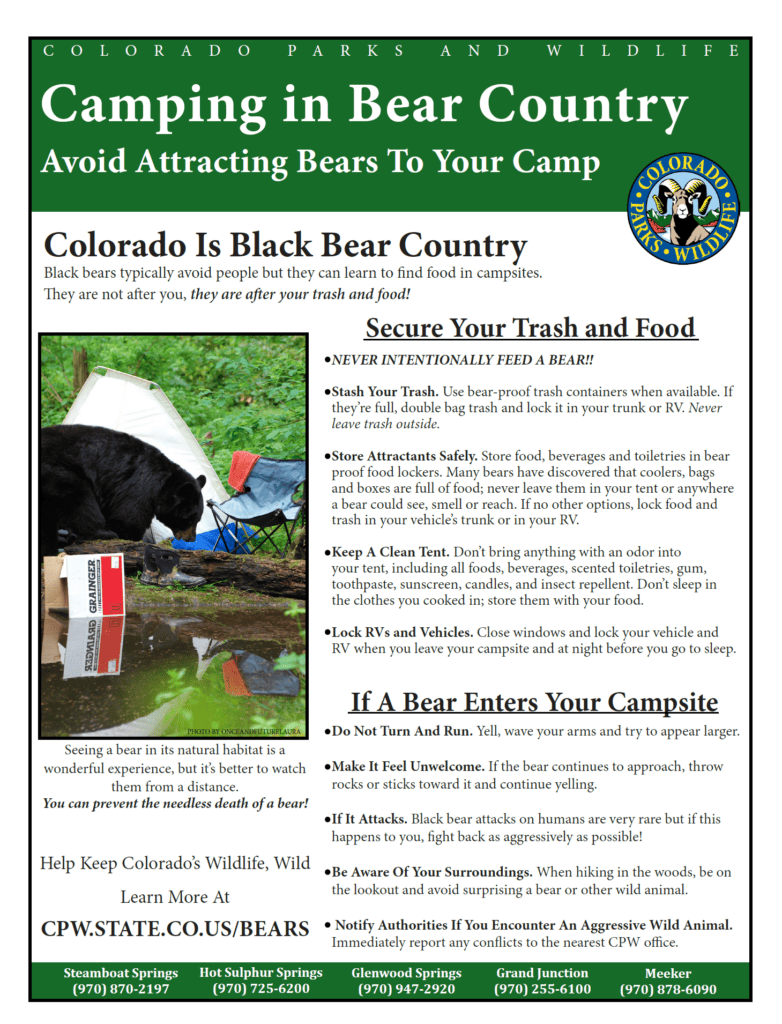New campers are often worried about sleeping in a tent around wildlife and other campers, and wonder if it is safe.
In most situations, tent camping is very safe. While there aren’t statistics for deaths while camping, less than 150 people are killed each year in US national parks, and most of those aren’t killed while camping. More people are killed cycling, kayaking, or walking down the street than while camping.
While tent camping is very safe, there are some things that you can do to make it even safer.
Is Tent Camping Safe?
While fears of wild animals (and wild humans) are understandable, tent camping is very safe. There are no statistics on how many people are killed each year camping because there are so many variables, we do know that around 150 people die because of accidents each year in US National Parks, and the majority of those aren’t killed while camping. Drowning is the number one cause of death in national parks.
These numbers don’t cover the huge number of people who camp in private campgrounds, national forests, state parks, and other areas, but they do give us an idea of how safe camping really is. Most injuries and deaths that happen because of hiking or camping accidents are actually preventable, making this hobby even safer for people who are conscientious and knowledgeable.
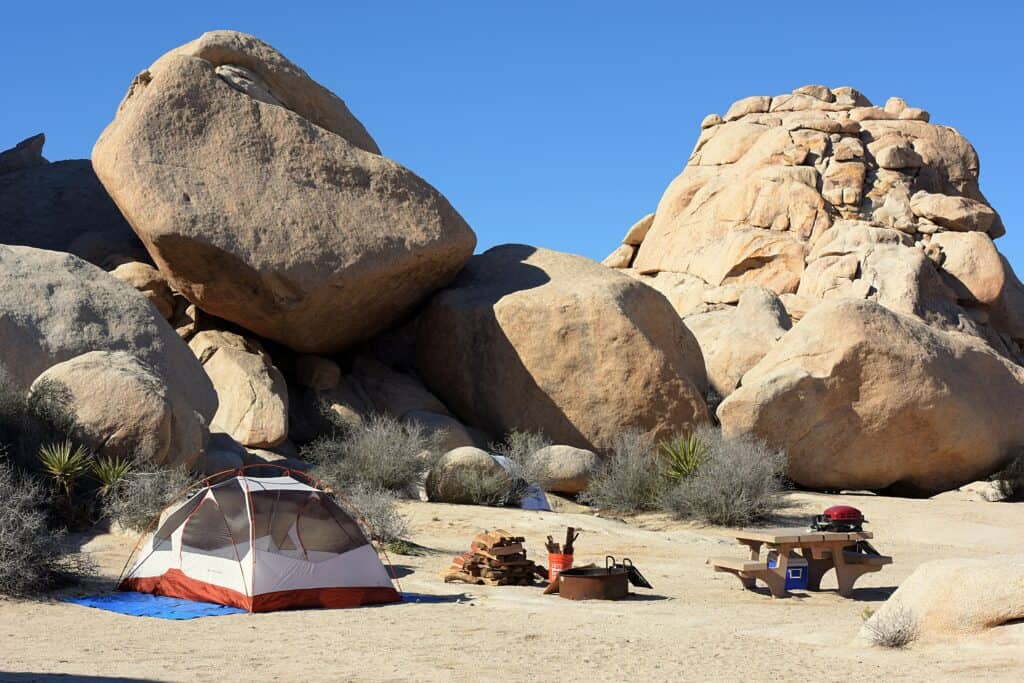
NPS photo, Joshua Tree National Park.
How to Stay Safe While Tent Camping
Even though camping in general is very safe, injuries and deaths do happen each year. Most of these are caused by negligence, carelessness, and not following rules and regulations. For example, in Yosemite National Park, as many as 14 people have been killed by wading in Vernal Falls and being swept over the side, even though there are posted signs and barriers. These types of deaths are tragic in part because they are so preventable.
If your family takes the time to learn how to camp safely, you will probably be safer camping, even in a wilderness setting, than you are walking down a busy city street. Here are some of the ways you can have a safer tent camping trip.
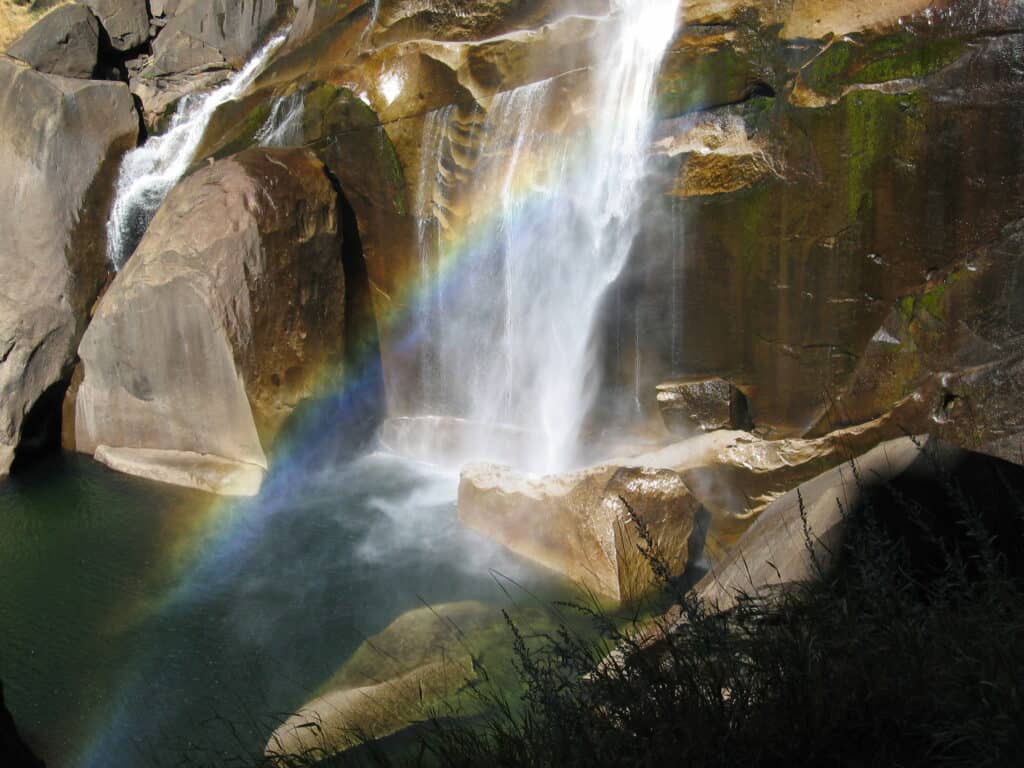
How to Choose a Safe Tent Camping Location
One of the ways you can have a safer camping trip is by choosing your camping location carefully. If you are tent camping, you may be more vulnerable to theft and animal raids compared with camping in an RV. While these problems are very rare, they can happen in some areas.
Staying Safe in Remote Locations
If you’re going to be camping in a remote location like a national forest campground or dispersed site, you will have different safety concerns than do when camping in a more populated area. You could have other nearby campers in these areas, or be completely remote with no one else in sight. When choosing these kinds of campsites, it’s important to consider things like ease of access, how comfortable you are not being around other people, and your ability to handle emergencies until help can arrive.
If it’s your first time camping or you haven’t camped much in your life, you might want to avoid this type of camping until you have a few trips under your belt. While camping in remote areas isn’t inherently more dangerous, it can be uncomfortably isolating for people who aren’t used to it. If you are ready to try dispersed or remote camping, just use your common sense when choosing a site. Ask yourself questions like: Will I be able to get out if it rains? How far away is the nearest hospital/ranger station/help of some kind? Do I have phone service?
Staying Safe Around Other Campers
Whether you’re camping in a remote area or in a crowded campground, it’s a good idea to consider what kind of people you might encounter. Many people are worried about camping in areas that aren’t populated, thinking that crimes could be committed more easily with no one around to stop them. However, bad people can be found everywhere and you are more likely to encounter them in populated areas.
No matter where you’re camping, take the same precautions you would anywhere else. Stay observant and if your neighbors are acting strangely, consider moving or being more alert. If you don’t feel the area is safe enough to leave your camping items unattended, you could lock up your items when you leave or find a more suitable area to camp in.
Although you can find dangerous people everywhere, in our experience the people in campgrounds tend to be the nicest people you could find anywhere. We have been to hundreds of campgrounds and camping areas, and we have only had one or two problems with people- and those certainly weren’t encounters I would call dangerous. Camping people are, by and large, the best people. We have had people we just met buy us birthday cakes and give us bags of treats, books, and games for the kids. We’ve attended spontaneous movie nights, campfires, birthday parties, and sing-alongs with perfect strangers and had a lovely time.
While it’s a good idea to choose your location wisely and stay observant and alert, you don’t need to be more concerned about crime or violence in campgrounds compared with anywhere else you go.

Thousand Trails Orlando, Florida.
Staying Safe in Your Campsite
Safety begins in your campsite. Once you are settled in and have your site set up, make sure that you have rules and plans in place to keep everyone safe during your stay.
Camp Fire Safety
Campfire and cooking safety are so important while camping. Many of our favorite camping activities, from roasting marshmallows to grilling hamburgers to telling stories, center around a campfire.
There are two main types of campfire safety: The first is keeping people and pets safe from the fire. The second is keeping the wilderness itself safe from the fire.
Keeping People Safe Around Campfires
In order to keep your family and yourself safe around the campfire, you need to understand what the risks are. Children and adults (especially adults who have been drinking) are at risk of tripping and falling into the fire. They are also at risk of burns from having flammable items and explosives near the fire. Hot food and liquids can scald or burn people, as well. Finally, people have been severely hurt when they stand too close to a fire and don’t realize how hot their clothes are.
Establish basic rules such as not running near the fire and not squeezing between people and the fire (walk outside the ring of chairs instead). Always keep your clothes, hair, and shoes a safe distance from flames and coals. Clothes and shoes can get hot enough to start burning without you feeling it when the clothes aren’t in contact with your skin.
Also, keep children away from cooking food and always test the temperature before serving foods and drinks. Make sure food and liquids are stable while cooking and won’t suddenly tip over. Never place your kettle of boiling water directly on a burning log, for example. As the fire burns, the log will shift and the water could spill on bystanders.
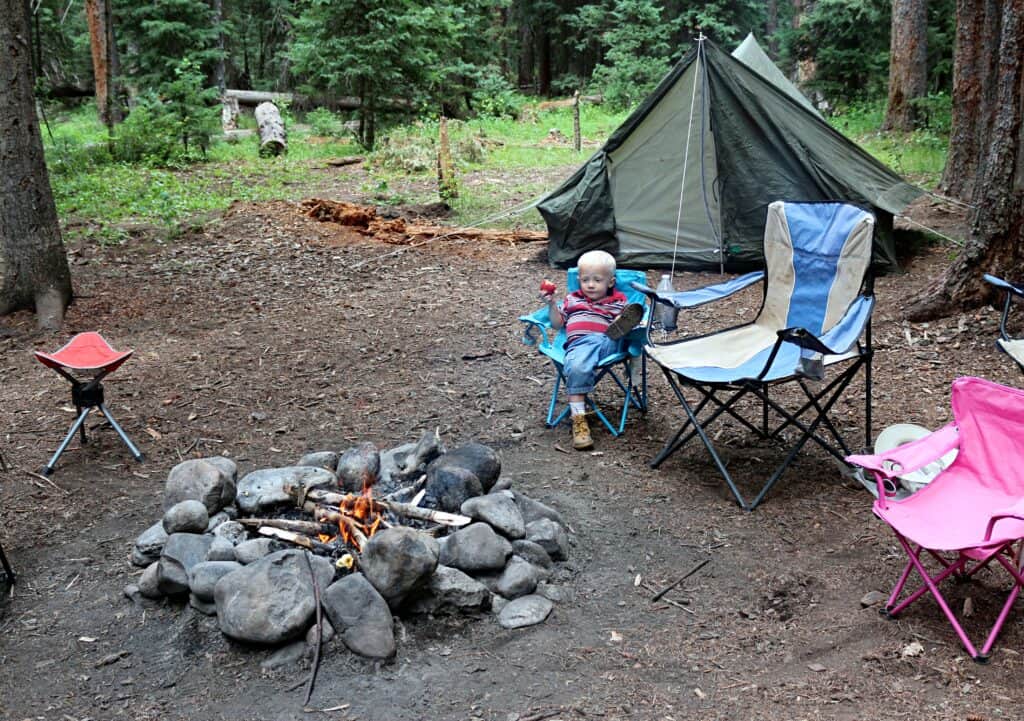
Keeping the Wilderness Safe From Your Campfire
The second thing to consider concerning campfire safety is how to protect the wilderness from your fire. The number and severity of wildfires have grown dramatically in recent years, and many public land agencies are forced to establish burn bans during dry seasons to help protect the wilderness and nearby people. It’s essential to follow fire safety rules when having a campfire, and if you don’t think the conditions are safe for a fire, wait until another time.
Basic Campfire Rules:
- Follow all laws and regulations.
- Only build fires in fire rings or rings of rocks.
- Never build a fire in windy conditions.
- Keep your fire away from overhanging branches, nearby trees, and bushes.
- Keep your fire small and manageable.
- NEVER leave your fire unattended.
- Keep flammable items and explosive items far away. (lighter fluid, cooking oil, fireworks, etc.)
- Put your fire out thoroughly before leaving or going to bed.
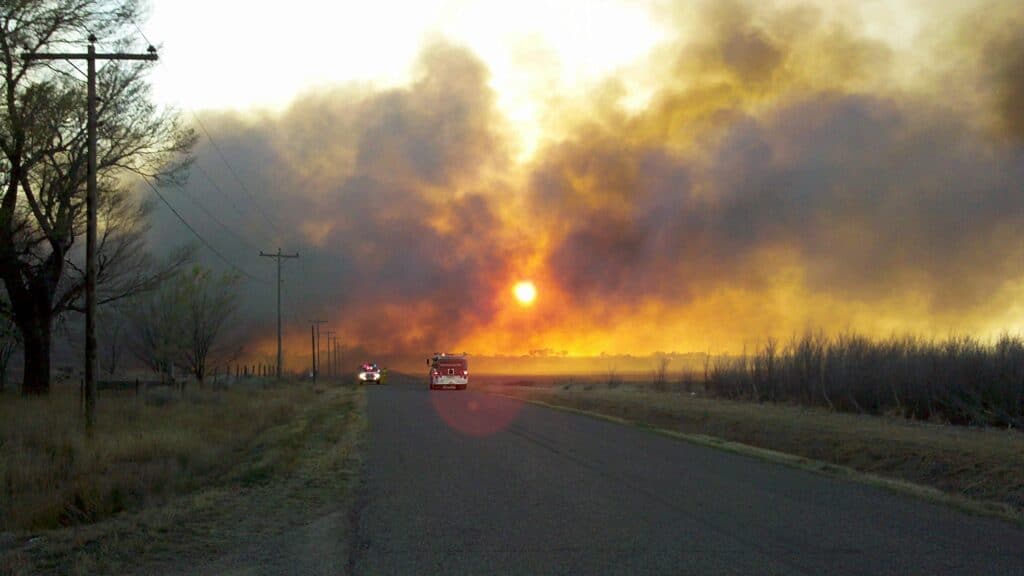
John Martin Reservoir State Park, Colorado.
Food Safety While Camping
Food safety while camping can be a bit harder than food safety at home. You have no running water, food is stuffed together in coolers, and it’s harder to keep everything clean. However, it’s worth it to be extra vigilant about food safety. Stomach sickness in a tent is no joke!
Keep your food cool. You can do this by using plenty of ice and keeping the coldest items in the bottom of the cooler. Drain the melted ice regularly, and add more ice when needed. You can either use purchased ice (blocks last longer, but crushed ice stays in closer contact with food.) or you can freeze your own. Keep raw meat away from other food items such as fresh vegetables and drinks. Do this by putting raw meat in air-tight containers and storing it in the bottom of the cooler (or in a cooler of its own).
Insider Tip: Wash milk jugs, fill them 3/4 full with water, and freeze at home for long-lasting, mess-free ice.
Keep your dishes and cooking location as clean as possible. Wash dishes as soon as you’re finished eating. If you don’t want to heat water and wash dishes regularly, bring disposable items and cook in foil. My family never uses paper plates or plastic silverware at home, but we use them when camping. It allows us to bring less water and save time. We never have to worry about attracting wildlife with dirty dishes or bringing dishpans, rags, and other washing supplies. Plus, who wants to wash dishes on vacation?
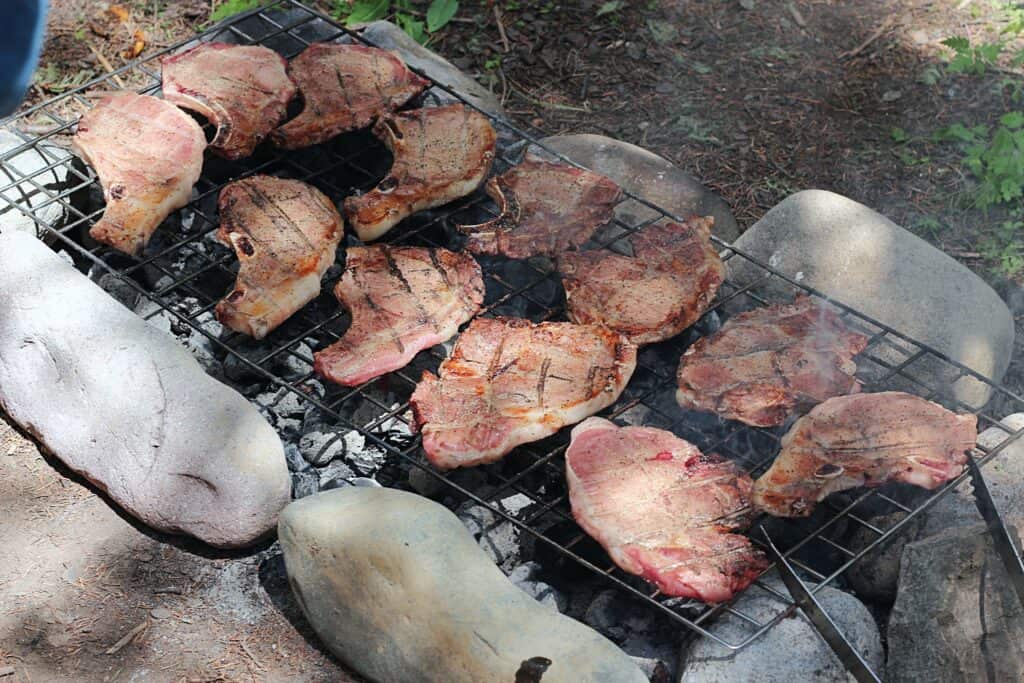
Staying Safe from Hypothermia and Dehydration
Camping involves a lot of outside time. This can be hard on bodies that aren’t used to it, especially when it’s hot. It’s important to watch for signs of heat exhaustion and hypothermia in your family. If the weather is too warm, go for a drive, go swimming, or visit an indoor location like a museum or restaurant where you and your kids can cool off. If you know it’s going to be very hot during your camping trip, plan indoor activities or consider rescheduling for a cooler time.
Your body will need more hydration than normal when you’re outside a lot, especially if it’s hot or you’re doing more physical activity than you’re used to. Make sure you bring plenty of water when you’re camping, and know where you can get more in case you run out. It’s a good idea to encourage your children to keep drinking, especially if you notice they’re sweating a lot or getting tired easily.
Insider Tip: Bring 1-2 gallons of water a day for each person, depending on how much you will need for cooking and cleaning up.
Alcohol and Safe Camping
You should be especially careful if you’re bringing alcohol on your camping trip. While, for many people, alcohol is a natural and good part of a camping vacation, it can cause problems for other people. Make sure you’re vigilant and don’t overdo it while drinking on your camping trip. Being intoxicated can increase your risk for dehydration and can make you less aware of your surroundings, more likely to make poor choices, and less coordinated, all of which can increase your chances for injury.
Safety in Bad Weather
Bad weather can be one of the true dangers of camping, and it’s something you can’t control. While a rainy day is an inconvenience, true thunderstorms can be dangerous in tents. Tents provide you with no protection against lightning strikes and heavy winds. Not only can wind tear your tent out of the ground with you in it, a dangerous situation, but it can also cause tree branches and limbs to fall on your tent.
You should always have a backup plan in case you encounter bad weather while camping. Make sure you have a safe house nearby if you’re camping where tornadoes are likely, and go to your car or a building like a bathroom during a thunderstorm. A vehicle or building offers more shelter from lightning and strong winds than your tent will.
Read more about camping in bad weather in this post.
Cold Weather Camping
If you’re camping in cold weather or the shoulder seasons, be aware of the potential for a cold snap or winter storm. You can also encounter very cold nights at high elevations, even in the summer. Cold can be deadly, so unless you’re prepared and understand how to stay safe in freezing weather, don’t try winter camping.
Not only do you need to be cautious and knowledgeable when camping in cold weather, but you also need to be prepared. Bring items that can help you stay warm in an emergency such as hand warmers, foil blankets, and cans of gel fuel. In addition, make sure that you wear layered clothes, stay dry, and have high-quality sleeping bags rated for very cold temperatures.
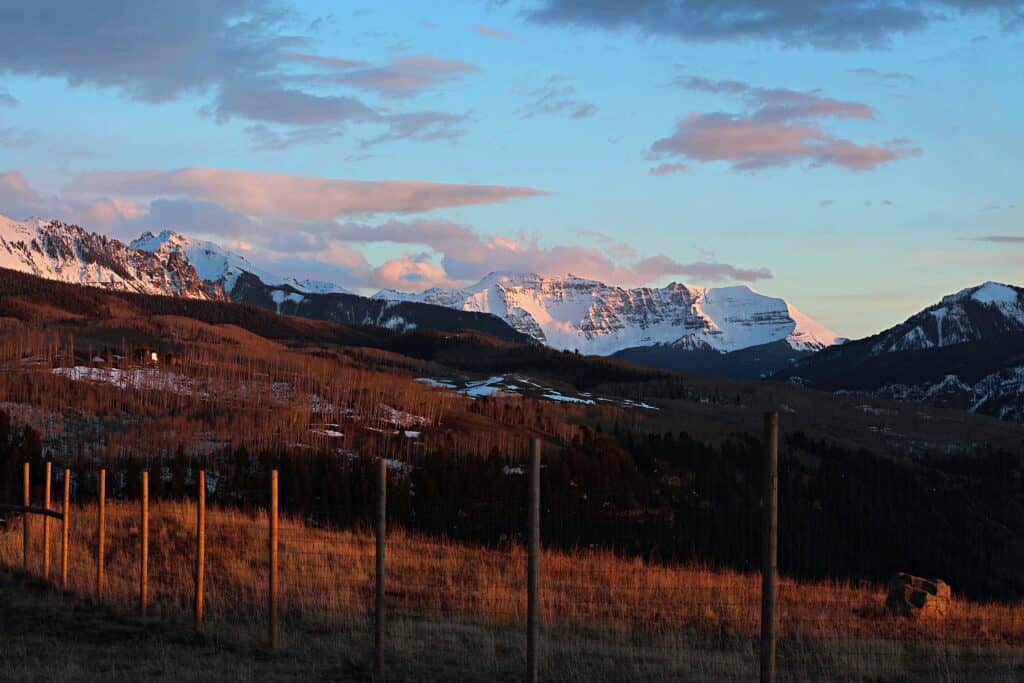
Keeping Kids Safe While Tent Camping
Keeping your kids safe while camping will be your number one priority when camping with a family. Concerns like keeping kids nearby, staying safe around water, and preventing bug bites will be paramount. Food safety and fire safety are also high on the list.
However, as parents, we are often so concerned with our kids’ safety that we don’t allow them to have freedom and challenges. When camping, we have to find ways to keep our kids safe without stifling them and allow them to explore and learn without allowing them to be in danger.
You can help your small children stay in your campsite by training them where the boundaries of your site are. You can even put bells on them so you can always hear where they are! Older children will want to explore, which may or may not be allowed depending on what kind of campground you’re in. In general, children are relatively safe roaming natural areas as long as some basic safety rules are followed, such as staying within sight of parents and wearing a safety whistle. Don’t allow children to break the rules without swift consequences (for our kids, if they don’t stay within sight of us, they are immediately sentenced to an hour or so within the campsite itself. Then they are given the freedom to try again.)
We keep our kids safe around water by simply not camping near water until they are old enough to understand and follow the rules. We also establish strict fire safety rules from the beginning and explain them clearly. Rules such as no running by the fire and no going back and forth between the fire and other people will help keep your kids safe around open flames.
Wildlife and Camping Safety
Camping in Bear Country
Tent camping in bear country can be dangerous depending on your location and which bears are involved. There are areas that don’t allow tent camping at all, and others where it isn’t recommended, because of bear activity. For example, Fishing Bridge RV Park in Yellowstone National Park doesn’t allow tents (although other Yellowstone campgrounds do) because of grizzly activity.
However, much of the US could be considered “bear country” and tent campers (as well as people permanently living in these areas) never or rarely see bears. As long as you avoid problem areas (areas with large, active grizzly populations or black bears acclimated to humans) and follow bear safety rules you should be just fine.
Even areas with large bear populations and grizzly bears see few dangerous encounters. Yellowstone National Park has around 4 million visitors annually, and they average only one bear attack a year. Statistically speaking, you’re much more likely to kill yourself doing something stupid than to be killed by a bear.
I have tent camped throughout Colorado as well as many other areas with bear populations, such as Florida, and only rarely had encounters with bears. One of these encounters was our fault as we forgot to stow away a cooler. That night, a bear visited and got a good snack. He was obviously used to eating in this campground as we could hear people along the road yelling and honking at him to scare him away (to no effect). Unfortunately, when bears get used to eating in campgrounds like this they can occasionally become problem species.
- NEVER feed wild animals.
- Keep your food locked away when you aren’t using it and at night (in a bear locker or your vehicle).
- Don’t store smelly items like lotion and toothpaste in your tent, either.
- Throw trash away regularly and ALWAYS throw it away before night (in a bear-proof dumpster or your vehicle).
- Stow away empty coolers and other items that bears might have learned to recognize.
- If you see a bear, don’t run!
- Raise your arms and yell or talk loudly so the bear knows you’re a human and that you see him.
- Throw sticks and branches if he continues approaching.
There are few areas in the US with a grizzly bear population, but if you’re camping in those areas (such as Yellowstone National Park) be aware that the bear safety rules are a bit different for this large animal.
Staying Safe Around Biting Insects
Historically, you’re in much greater danger from biting insects than you are from bears. Mosquitoes alone cause millions of deaths and illnesses each year. Ticks can also carry dangerous diseases, and other biting insects such as no-see-ums (biting midges) are a huge nuisance.
To protect yourself from biting insects while camping, it’s best to use a multi-faceted approach. We have found that when we use bug spray alone we often still get bit. Instead, we use bug spray along with a physical barrier for those of us who seem to be the biggest targets. (My husband usually gets swarmed while I sit next to him, untouched.) He has worn his Hook and Tackle long-sleeve fishing shirts to shreds because they are all he’ll wear when there are biting insects.
Other physical barriers to biting insects include your tent, mosquito hats, and stroller covers for babies. Active kids can get some protection from repellent bracelets (when used along with other repellents like DEET spray). We have heard wonderful reviews of Thermacell units, which can be pricy if you use them a lot but are a great solution for occasional use.
While a tent provides a good barrier to mosquitoes, they can slip in while people are opening and closing the door. Spraying your tent with a good permethrin repellent can help keep bugs away from the entrance. You can also spray your clothes with this if you can’t keep insects away.
Conclusion
It’s not hard to stay safe while tent camping. Take a few simple precautions, follow basic safety rules, and plan ahead and you will have a safe, fun, and successful camping trip.


